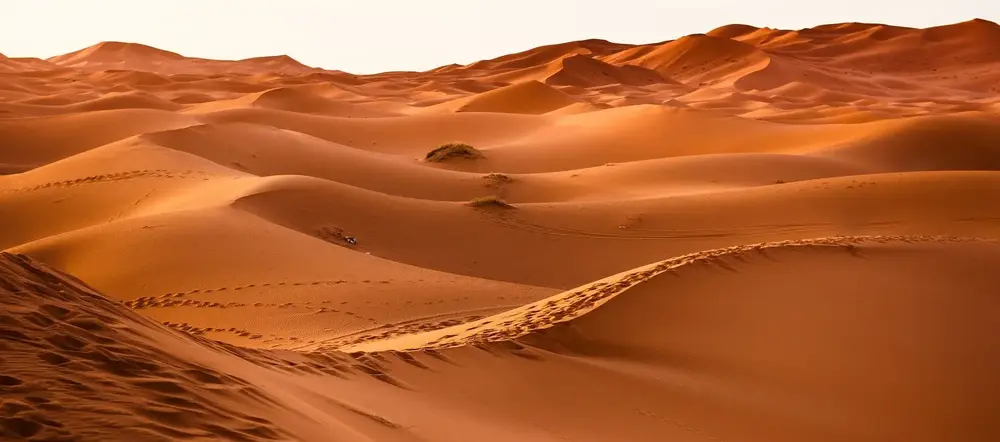Warming Arctic is reducing dust levels in some parts of the planet
- April 25, 2024
- 0
Climate change is a global phenomenon, but its impact is felt at a very local level. Take dust, for example. Dust can have a major impact on local
Climate change is a global phenomenon, but its impact is felt at a very local level. Take dust, for example. Dust can have a major impact on local

Climate change is a global phenomenon, but its impact is felt at a very local level. Take dust, for example. Dust can have a major impact on local air quality, food safety, energy supply and public health. But little is known about how global climate change affects dust levels.
Previous studies have shown that dust levels have decreased across India, particularly in northern India, the Gulf Coast and much of the Middle East, but the reason for this remains unclear. Researchers at Harvard’s John A. Paulson School of Engineering and Applied Sciences (SEAS) are working to understand how global climate change is affecting dust levels in the region.
In an article published by Proceedings of the National Academy of SciencesA research team led by Michael B. McElroy, the Gilbert Butler Professor of Environmental Studies at SEAS, found that the decrease in dust can be explained by much faster warming of the Arctic. more than the rest of the planet, a phenomenon known as Arctic amplification.
This process destabilizes the jet stream and changes the trajectory of storms and winds over the Arabian Peninsula and the Thar Desert between India and Pakistan, the main sources of dust in West and South Asia.
“Local land management, rapid urbanization and industrialization are certainly contributing to increased dust levels in West and South Asia, but a new finding from our study is the increasingly dominant impact of circulation change on the broader global climate context,” McElroy said.
“Changes in atmospheric circulation patterns caused by changes in global climate dynamics appear to be an important driver of the recently observed dust decline in West and South Asia.”
What does this mean for the future of dust in the region? It all depends on how we limit emissions. Ironically, the best emissions scenario (carbon neutrality) may have the worst impact on dust. If humans can reduce emissions enough to slow or stop the increase in the Arctic, the jet stream and wind patterns will likely return to pre-warming conditions, leading to more dust.
Of course, that doesn’t mean we shouldn’t strive for carbon neutrality, McElroy said. But as the global community works to reduce greenhouse gas emissions, local governments must also work to reduce dust.
“At the local level, we need to consider strengthening anti-desertification measures such as reforestation and irrigation management, and how dust concentrations in cities can be better controlled in conjunction with broader climate mitigation strategies,” McElroy said. said.
Source: Port Altele
As an experienced journalist and author, Mary has been reporting on the latest news and trends for over 5 years. With a passion for uncovering the stories behind the headlines, Mary has earned a reputation as a trusted voice in the world of journalism. Her writing style is insightful, engaging and thought-provoking, as she takes a deep dive into the most pressing issues of our time.